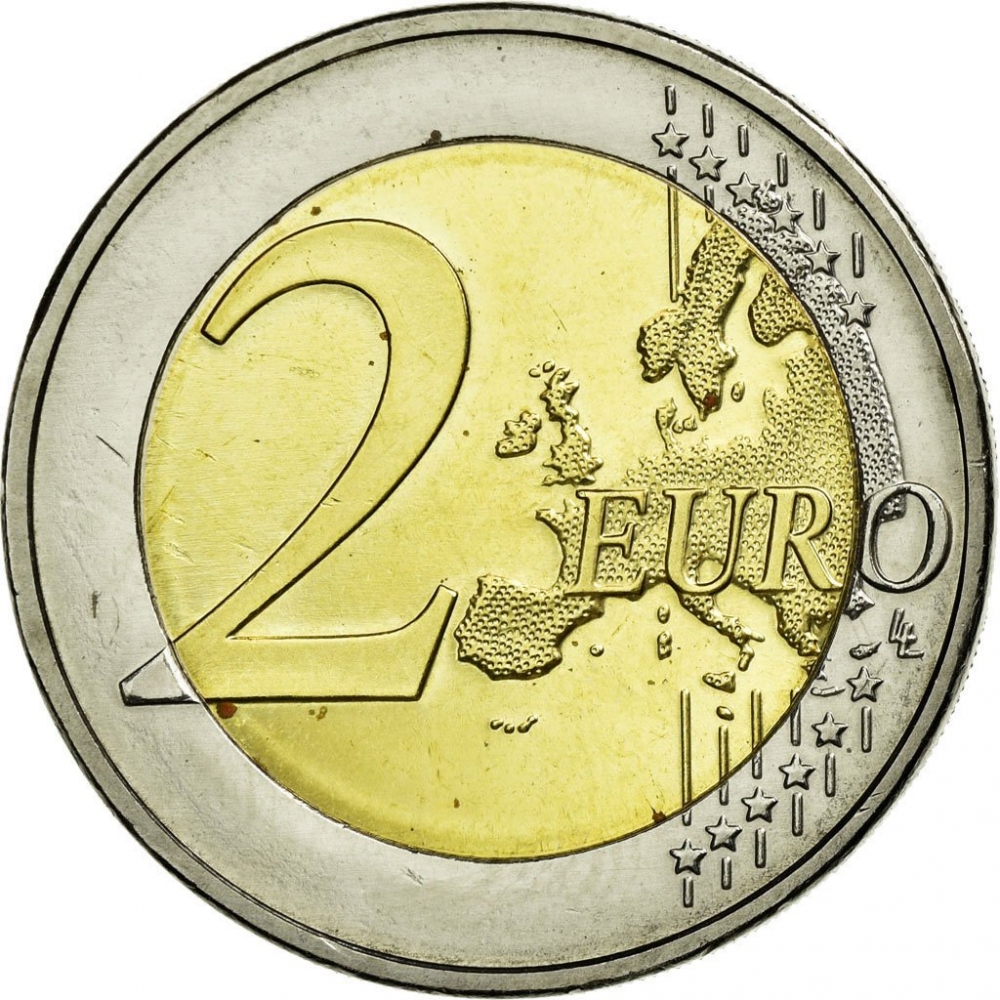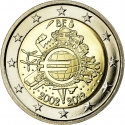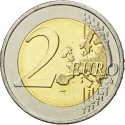You are about to finish your registration. Please check your mailbox (including spam folder). There should be a letter with a confirmation link. Check setting to make sure that your e-mail address is correct.
Send letter againDescription
On 1 January 2002, euro banknotes and coins were introduced in 12 Member States of the European Union. The introduction of the euro cash was an unprecedented challenge, but it went smoothly, and billions of banknotes and coins started to circulate in a matter of days. Five more Member States adopted the euro in later years, so a total of 17 Member States – and 332 million people – use the currency as of 2011. It has become a symbol of Europe, and the banknotes and coins have become a part of European citizens daily lives.
The euro area countries are issuing a commemorative €2 coin with a single national design for the third time in 2012. The design was chosen in a competition held by the European Commission. A total of 800 designs were submitted, five of which were chosen by an expert panel and were published online for a public vote. A total of 35,000 votes were received from residents of the euro area, and the winning design with 34% of the votes was by Helmut Andexlinger, a designer at the Austrian Mint.
Obverse

|
The design elements around the euro sign express the importance of the euro to the people, to the financial world (European Central Bank tower), to trading (ships), to industry (factories), to the energy sector and research and development (wind power stations). EESTI |
|---|---|
Reverse

|
A geographical map of Western Europe spans the outer ring and inner core on the right side of the coin. The inscription 2 EURO is superimposed over the map of Europe, with the numeral “2” located in an open field representing the eastern Atlantic Ocean. 2 EURO |
| Edge |
ESTONIA in Estonian upright and inverted EESTI ○ EESTI ○ |
Swap now (2 offers)
Characteristics
| Type | Commemorative Issue (Circulating) |
| Material | Bi-Metallic |
| Ring | Cupronickel |
| Center | Nickel Brass |
| Weight | 8.5 g |
| Diameter | 25.75 mm |
| Thickness | 2.2 mm |
| Shape |
|
| Alignment | Medal |
| Mint |
Berlin State Mint (A)
|
Related coins
10th Anniversary of Euro Coins and Banknotes
10th Anniversary of Euro Coins and Banknotes
10th Anniversary of Euro Coins and Banknotes







